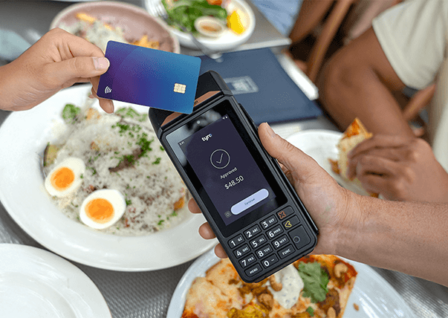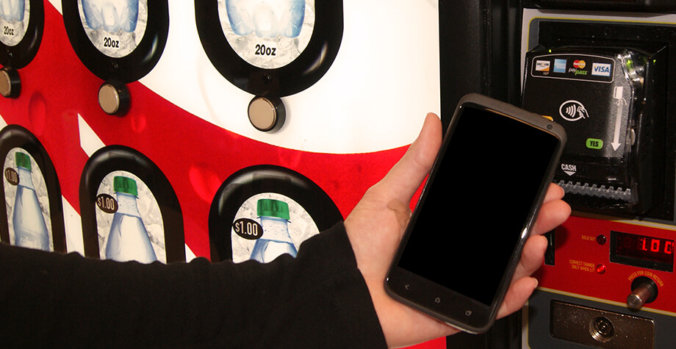How No-Fee EFTPOS Solutions Help Fast Food Businesses Grow


Helsinki Airport, Finland, 1997.
A passenger is dragging their case through a vast, grey terminal building. It’s late. They’re thirsty. Struggling through the crowds they reach a Coca Cola vending machine.
Their head drops. “Pahuksen!” They’ve got no change. No currency. But they have got their mobile. “Dial-a-Coke?”
They key-in the short code printed on the front of the machine into their Nokia and a can drops out. Little did they know, as they took their first glugs of cold cola, they had made the world’s first mobile payment.
The Dial-a-Coke concept evolved from a project to install phones in drink vending machines that would call the distributor when stocks ran low. When the costs for that idea didn’t add up, national mobile network operator Sonera and Coca Cola decided to leave the devices in the machines and consider other possibilities.
Possibilities like: Consumers text a code to get their can and the charge appears on their monthly phone bill. Possibilities like: Mobile payments.
It was a success. The experiment was moved to the Helsinki University of Technology. After two weeks the company reported just under a third of cans were bought with mobiles.
Dial-a-Coke came to Australia in 2001, and phones were installed into 17 machines at Sydney’s Central Station. At the launch, Norm Farrell, Coca Cola’s National Vending Manager, said consumers had a chance to ‘experience what the future has in store’.
We’re way beyond texting for drinks cans now. The debut of Dial-a-Coke was a decade before Apple launched the iPhone. Today technology has advanced mobile payments beyond novelty to be a potential successor to cash and cards.
The SMS based method (carrier billing) has been largely superseded by app based and near-field communication based systems that link to mobile wallets or cloud based accounts. With the swipe of a finger, the tap of a device or the scanning of an onscreen QR code, payment is made.
Consumers are no longer restricted to vending machines for fizzy drinks. Ability to accept mobile payments is spreading rapidly among merchants of all kinds. Customers can search for stores in their vicinity and spend in them with their smartphones.
Conceived as an option for customers who were short of change, mobile payments could one day replace cash altogether. And it all started with one thirsty Finn.
Apple and iPhone are trademarks of Apple Inc., registered in the U.S. and other countries.
Australian-based 24/7 support